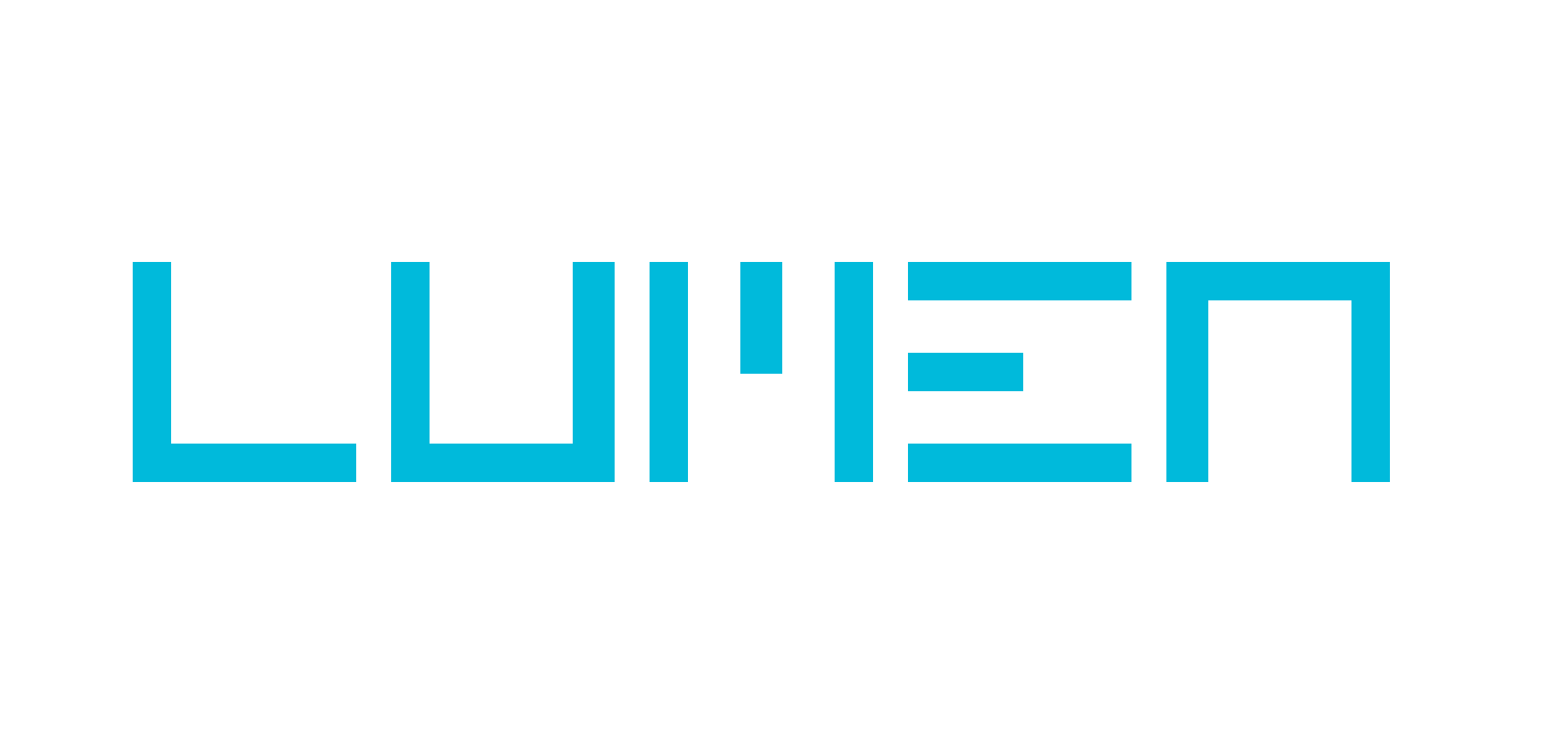00.00
Attention to advertising even higher during coronavirus outbreak

New research from Lumen shows that attention to digital and print advertising in the past week has been higher than usual. Print advertising in particular is currently generating 21% more attention than the Lumen norm for the medium. This increase in attention to advertising is driven in part by increased engagement with articles and social media posts concerning coronavirus. It is clear evidence that advertising remains a potent force despite the current crisis, and that advertisers should not fear to have their ads appear next to news stories dealing with Covid-19.
In recent tests, we have found that 66% of viewable digital ads were noticed, compared to an average of 55% for desktop digital tests conducted in the last 6 months. Likewise, 88% of press ads were viewed in print tests conducted last week, whereas the Lumen average for print ads is 75%.
Dwell time spent actually looking at the ads has also remained relatively strong. The average dwell time with digital ads in tests run last week was 1.5 seconds, slightly down from the Lumen average of 1.9 seconds. Dwell time with print advertising, however, seems to have increased: print ads achieved an average eyes-on dwell time of 2.2 seconds, slightly over the average of 2.1 seconds seen before the crisis.

These two metrics can be combined into a single number that estimates the total aggregate attention an ad will receive per 1000 impressions, known as ‘attentive seconds per 1000 impressions’. This reveals a slight dip in aggregate attention to digital advertising, but a dramatic increase in attention to print advertising. Advertisers and media agencies could expect to generate around 1600 seconds of attention per 1000 print impressions usually. In the past week, 1000 newspaper impressions would generate an average of 1936 attentive seconds, an increase of 21%.

The discrepancy between the performance of print and digital advertising can, in part, be traced to the impact of interest in coronavirus. 60% of the press ads tested were sited next to news stories about coronavirus, which have generated far higher levels of engagement than normal. Only 23% of the digital ads tested in the period were sited next to corona-related content online.
Attention to advertising is often a function of attention to editorial. All things being equal, the more interesting a news story is, the more attention the ads that accompany it will get. People want to read about the Covid-19 crisis at the moment, and that’s where advertisers should place their ads.

Analysis of the attention patterns within newspapers show that the ads that appeared closest to coronavirus content outperformed ads next to other subjects. In the example above, the Samsung/Vodafone ad, which outperformed the norm anyway, may have performed even more strongly had it been placed adjacent to the ‘Coronavirus: what you need to know’ explainer box, which received extremely high levels of attention.
This data highlights the opportunity that overly cautious advertisers are missing as they pull their advertising from newspapers at the moment. It shows that because people are deeply engaged with the news at this time, advertising that accompanies the news has never been more valuable.
Lumen’s digital and press research was conducted between 18rd and 25th March using the company’s proprietary webcam eye tracking technology on respondents home computers – enabling us to conduct the research despite the social distancing restrictions currently in place. The digital sample was 150 nationally representative adults; the print sample was 151 nationally representative adults.
00.00










